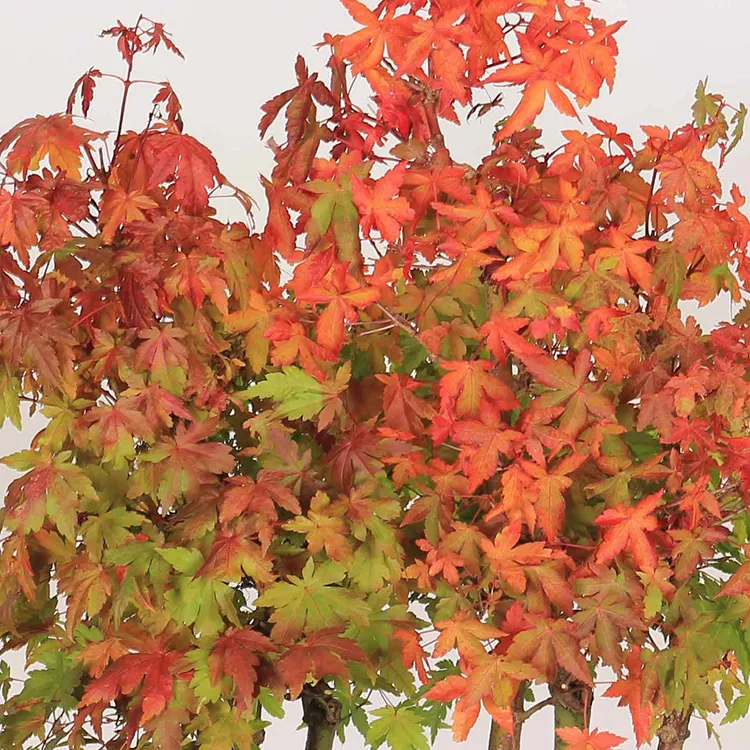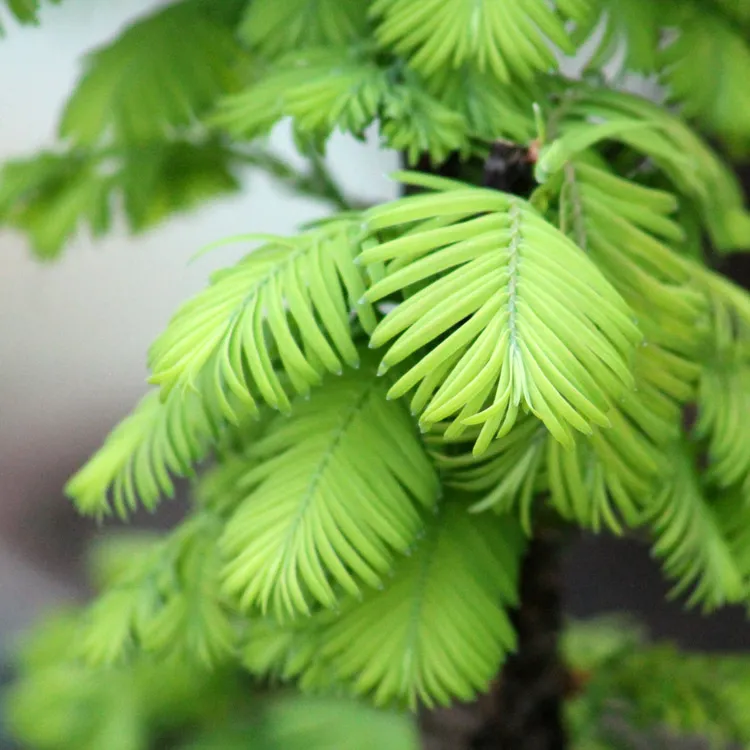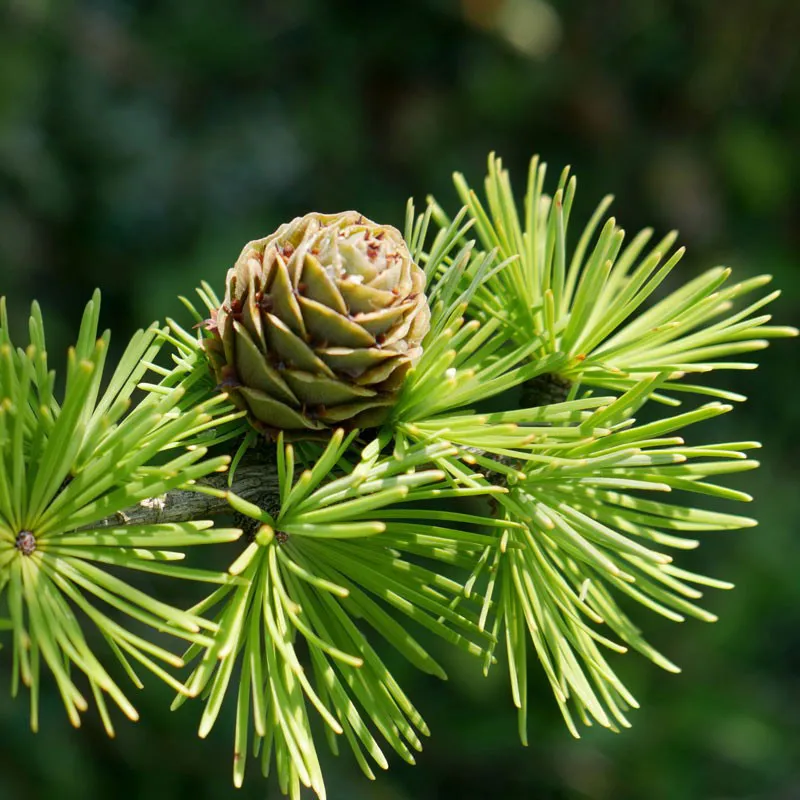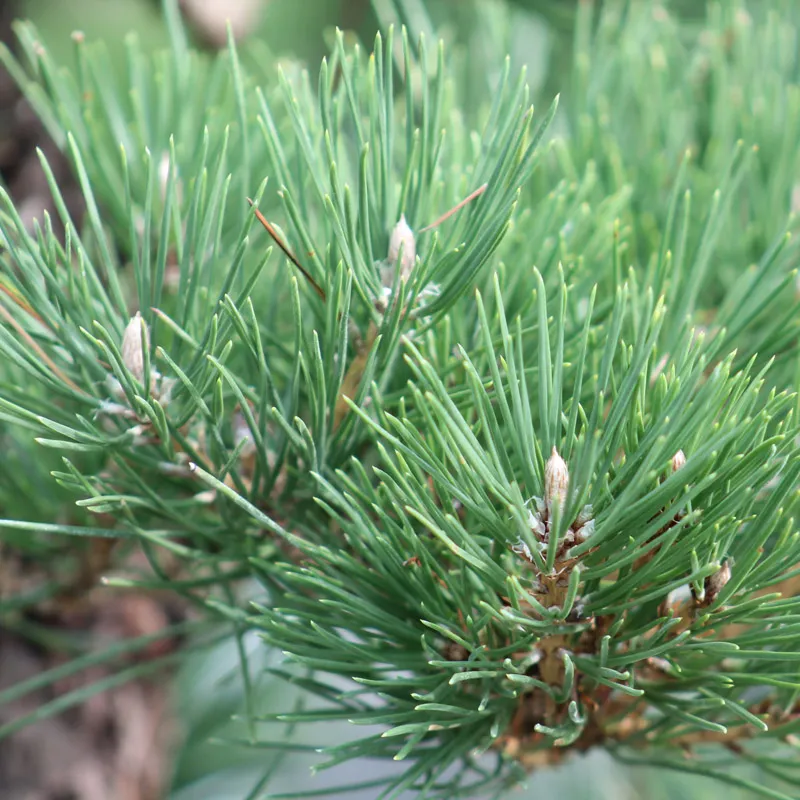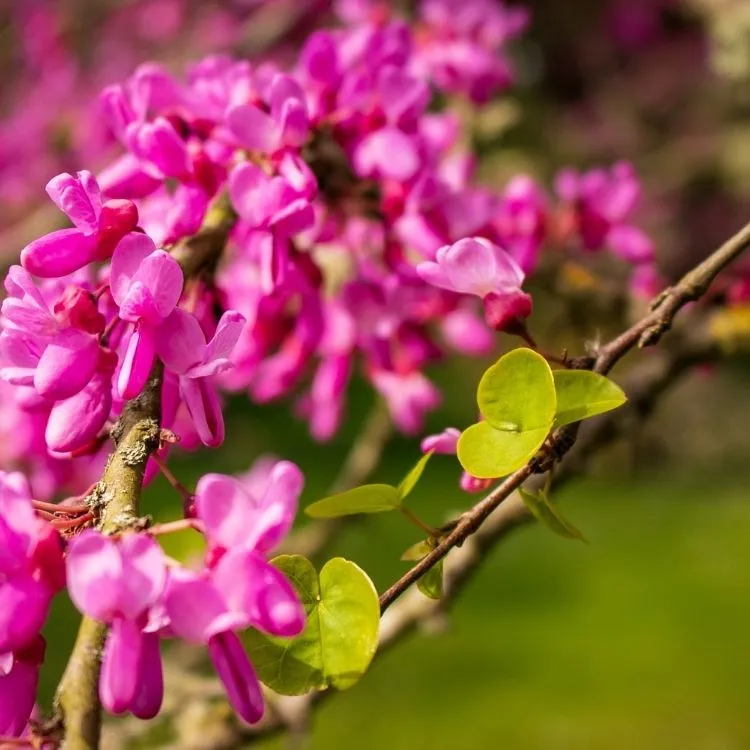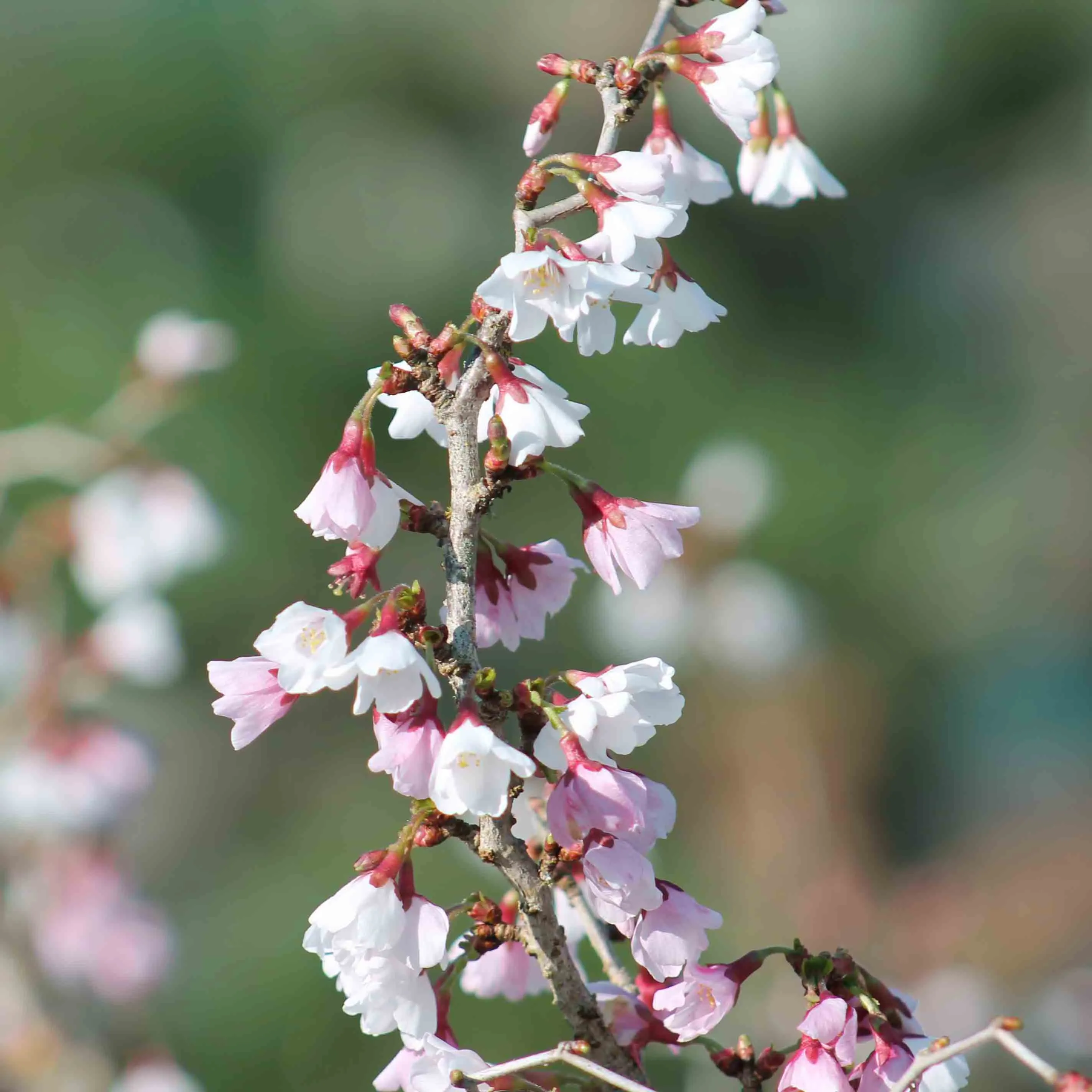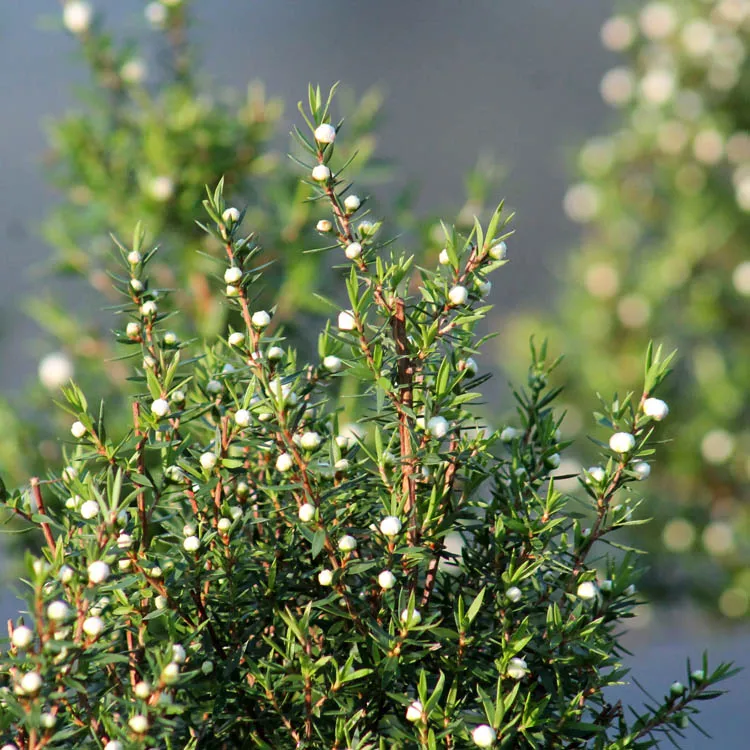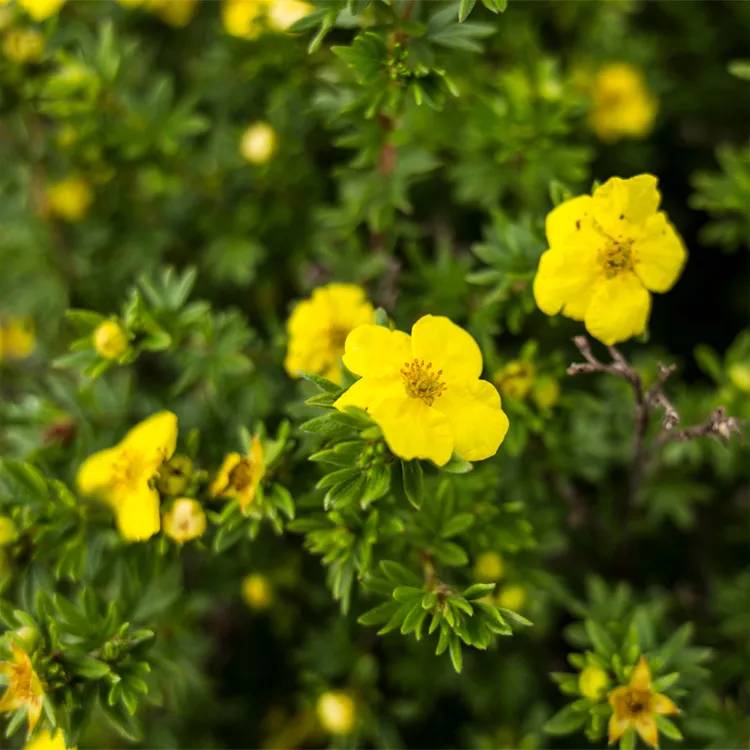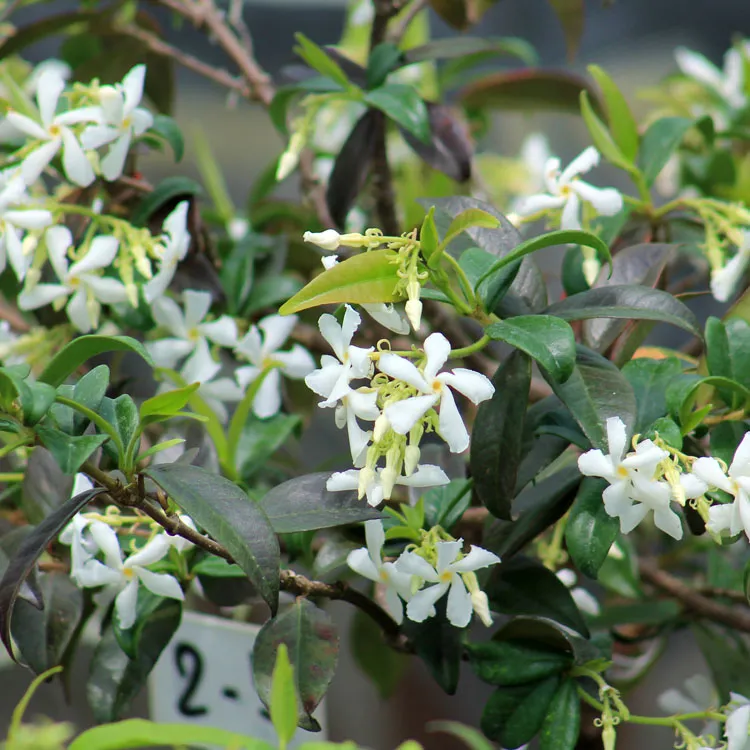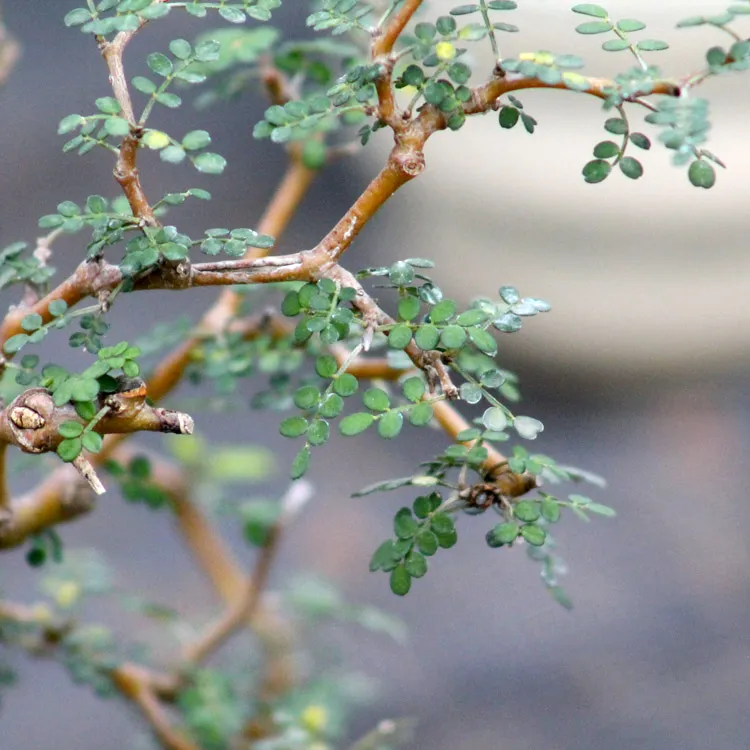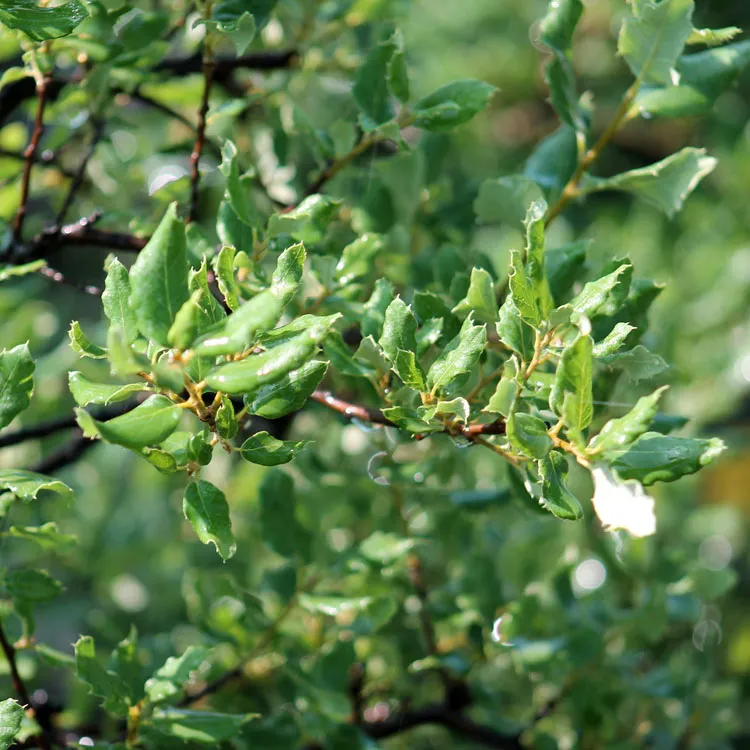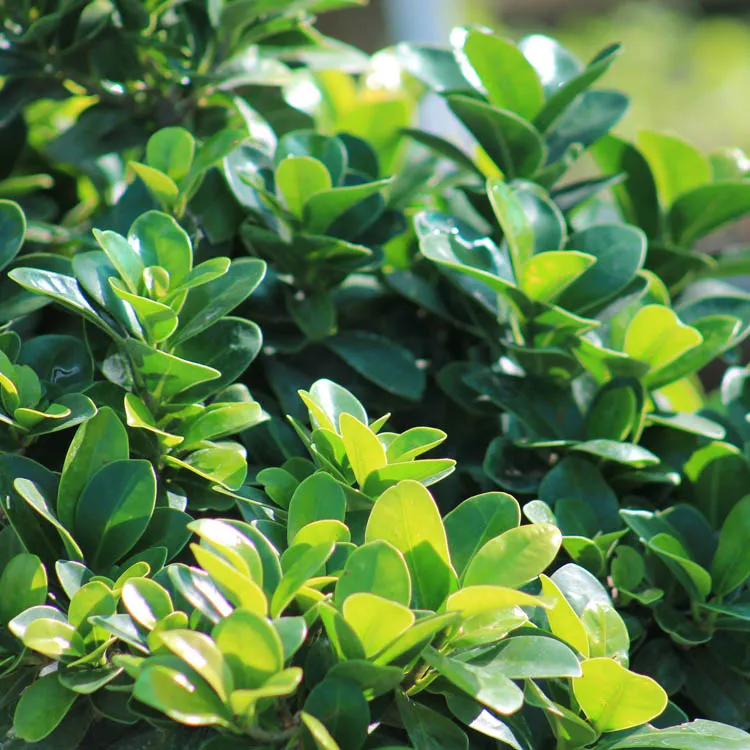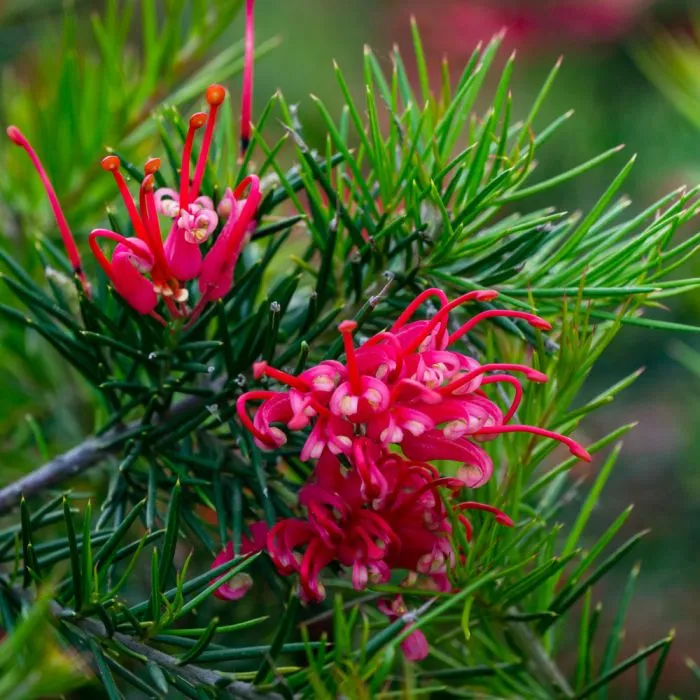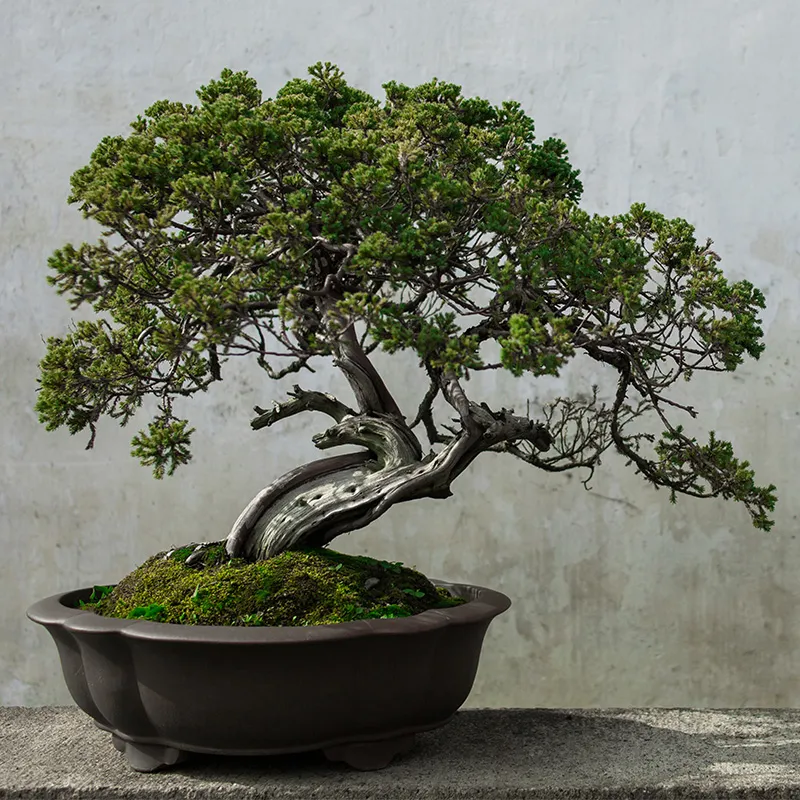Juniper is one of the most popular conifers in bonsai. It is particularly appreciated in exhibitions for its foliage that forms dense plateaus, as well as its dead wood highlighting the living veins that run through it. Although it is not the easiest bonsai, it is nevertheless a pleasant species to work with and which allows many styles of shaping.
The Different Types of Juniper
This tree from the cypress family has dozens of species, as well as many cultivars. However, we can distinguish 2 main families:
- Scaled junipers, the most popular being Juniperus 'Chinensis';
- Needle junipers, including Juniperus 'Rigida' or Juniperis 'Communis'.
In garden centres or at bonsai professionals, you will mainly find scaly junipers. The different varieties are differentiated by the colour of their foliage, or the fact that it is more or less dense.
A very popular variety in bonsai is the Juniperus Chinensis 'Itoigawa', with its deeper green foliage that densifies very, very well.
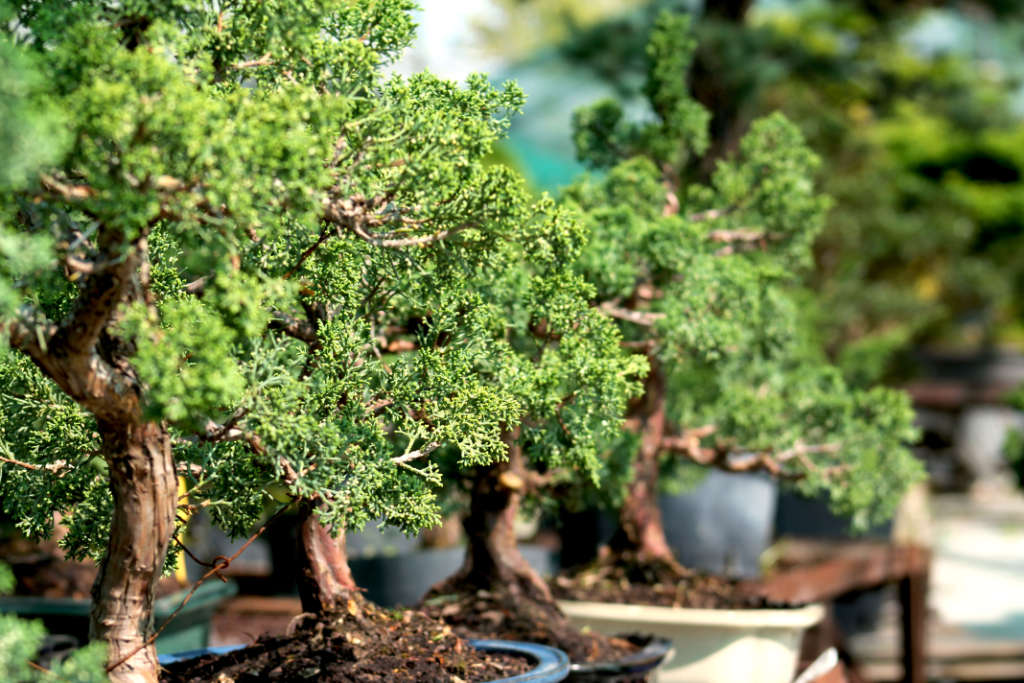
Juniper: A Struggle Between Life and Death
What certainly differentiates juniper from other bonsai species is its ability to form living veins that run along the dead wood. This is due to the fact that the sap channels are very compartmentalized.
In other words, the sap flows through channels that directly connect the large roots to the branches. When you cut a root, the branch that is connected will die.
Similarly, if you prune a branch, the associated root part will die. You will then see that the entire part of the trunk under the branch will dry out.
In nature, and especially in the mountains, juniper is a tree that can take on tortuous shapes, with living veins that wrap around dead wood caused by falling rocks, snow and other natural events (or not).
During exhibitions, these living veins are highlighted: they are cleaned of their surface bark layer, then an edible oil is used to bring out their red hue.
The dead wood is cleaned of dirt, then "jin liquid" is applied, to prevent the deterioration of the wood but also to give it a whitish color, on which the living veins will stand out visually.
When you look at a juniper tree prepared for a bonsai display, what jumps out is the contrast between the white dead wood, the bright red living veins and the deep green foliage. There is a whole symbolism of life that always makes its way. The sinuous, tortuous trunk gives a dramatic effect!
However, the cleaning of the veins remains an operation that is only carried out for aesthetic purposes, to present the bonsai on display. When it's on your shelves, leave it alone.
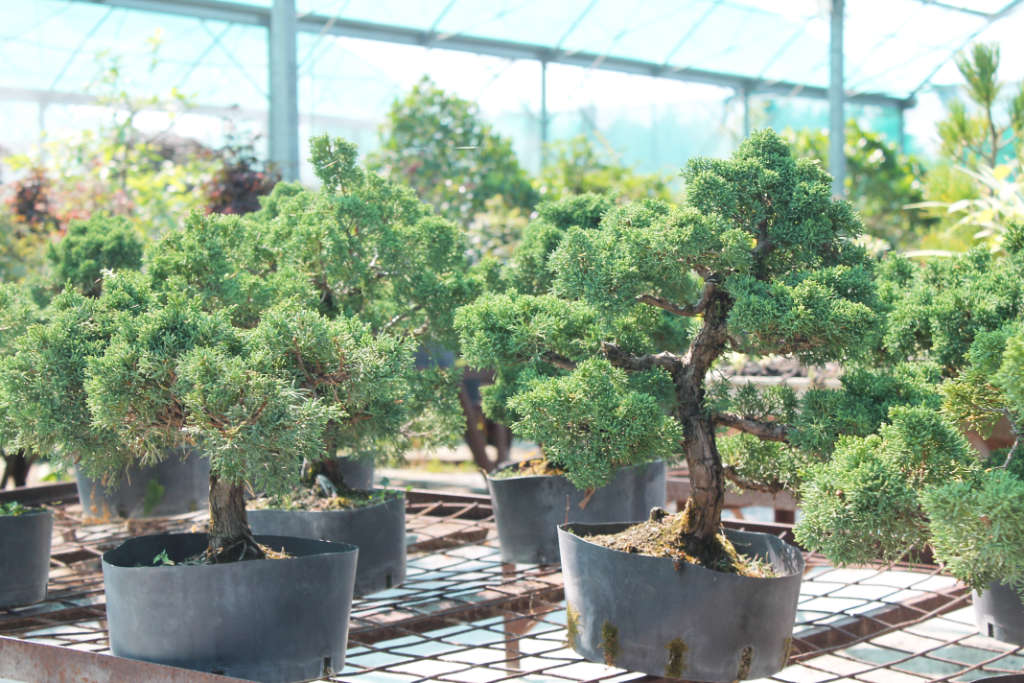
How do you care for a juniper tree in bonsai?
Location
Juniper is an outdoor bonsai that should be left outside year-round. It needs sun for the foliage to develop and become denser. If it tolerates the heat well, in case of heat waves it will also appreciate being in partial shade.
In winter, it doesn't really require frost protection unless it lasts for several days. If this is the case, put it in a frost-free place for a day so that the root ball can thaw.
Juniper, on the other hand, does not like excess water, and depending on the region where you live, heavy rainfall in spring or fall can be problematic. It's a tree that doesn't like to have its roots in water all the time for weeks. Put it in a sheltered place for a few days, while the water in the root bread drains, then put it back in its usual place.
Watering
The bonsai juniper likes water but not excessively. Water regularly, allowing the root ball to dry out slightly between waterings; In other words, as long as the top of the substrate is moist, don't take out your watering can.
Too much water, especially from autumn to the following spring, can lead to asphyxiation of the roots and the development of diseases.
On the other hand, in summer it's watering every day. If it doesn't have enough water during the summer, the growth will slow down.
Repotting
The operation is done in early spring, just before the start of vegetation. On Chinese juniper (juniperus Chinensis), you'll see the tips of the foliage turn light green.
Be careful when cutting roots, especially large roots, as you may lose the associated branch. When you are used to it, you can follow the veins by running your finger over the trunk. The area where the veins pass is more swollen.
Juniper is still a bonsai that doesn't like too drastic repotting. Don't cut off too many roots, and don't bare the root bread when trying to untangle all the roots. Just untangle the ones that are around the edges and cut off the longer ones that have wrapped around the rim or bottom of the pot.
Repotting is done every 3 to 5 years, depending on the progress of the tree. The more mature a bonsai is, the less often it will need to be repotted. At the nursery, we use an agricultural soil composed of black peat, blond peat, topsoil, horse manure, pozzolana.
Fertilization
Bonsai juniper likes fertilizer, and we don't hesitate to use organic and chemical fertilization together (respecting the doses). It is during the spring period, until the first heat waves, that the juniper will grow the most and that it needs maximum energy.
If you want to have deep green foliage that grows well and becomes denser, there is no secret: fertilization, sun and good watering to compensate for the transpiration of the foliage.
A vigorous juniper will emit stems that protrude far beyond the profile of the tree. If this is not the case, you need to adapt your growing conditions.
How do you prune a juniper tree into bonsai?
The literature on the subject is often confusing and contradictory. Some bonsaikas swear by pinching, others don't. So, what is it really like?
A healthy bonsai juniper will develop stems at the ends of the branches. It is necessary to prune them in order to promote the appearance of inner buds. If you don't prune, very few buds will appear on the wood from previous years. The branches will elongate and " feather" backwards.
However, what we are looking for in bonsai are very dense plateaus, with a branching close to the trunk.
We often read that we have to pinch off the branches, by "breaking " the stems that protrude from the profile of the tree. However, juniper doesn't really like these repeated pinches.
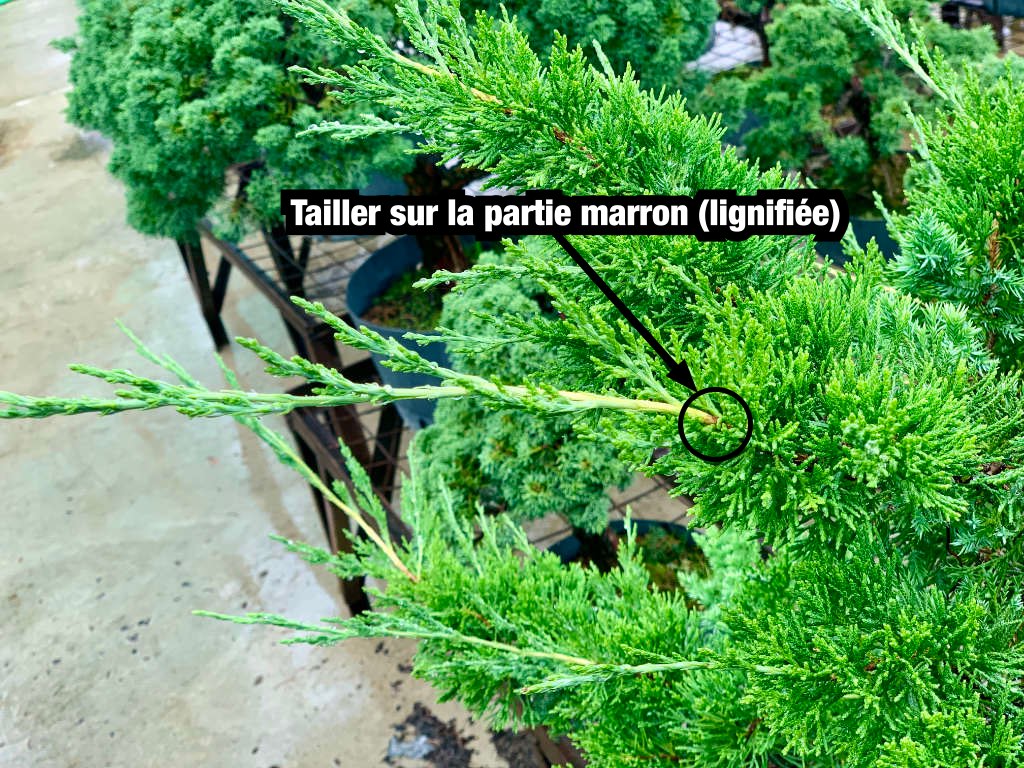
There is one essential thing to understand about juniper: its strength comes from the foliage, unlike bonsai pines whose strength comes from the roots (which is why pine is more tolerant of pinching candles).
If you pinch all the time, you block its growth and will weaken your tree. At first, you will see buds appear in the background, but gradually they will become rarer and rarer.
Pinching should only be done on a juniper tree that you are going to present in exhibition, in order to clearly delimit the trays and have a nice finish. It is therefore a technique that should be used in an exceptional way and not on a regular basis.
On the other hand, pruning is important so that light and sunlight penetrate inside the tree and stimulate the latent buds.
Start by removing any twigs that grow downwards, so that you have trays with a flat underside. Also do a little cleaning when there are several starting from the same intersection. At each branch, only 2 shoots remain, forming fan-shaped trays.
Finally, shorten the longest branches, by pruning the lignified part, i.e. the one that has turned into wood. You should prune on the brown part and not on the green part.
The green part is the one that is growing, it consumes the energy of the tree. The lignified part accumulates energy. When you prune at this level, you use this energy to bring out new back buds and thus build a beautiful branch.
When pruning a branch, always keep foliage, otherwise it will die (like on a pine tree).
Ligature
Juniper has a soft wood that allows for many shapes. The branches can be bent and positioned in the desired places, allowing the artist's creativity to run wild.
While these shapes can be done all year round, avoid making large folds during the summer and generally when it's hot. Instead, wait for cooler temperatures.
A nice shaping on a bonsai juniper is to tie all the branches, up to the tips of the branches (we then use small 1mm thread). It takes time and patience.
Sometimes it is necessary to tie a bonsai several times to keep the main branches in place. As for the smaller ones, for a well-licked result you should always have a thin ligature on the tips of the branches.
On a bonsai that already has its shape, you can also hold it by pruning alone. It will then be a slightly freer style, which moves a little away from the canons of Japanese bonsai aesthetics.
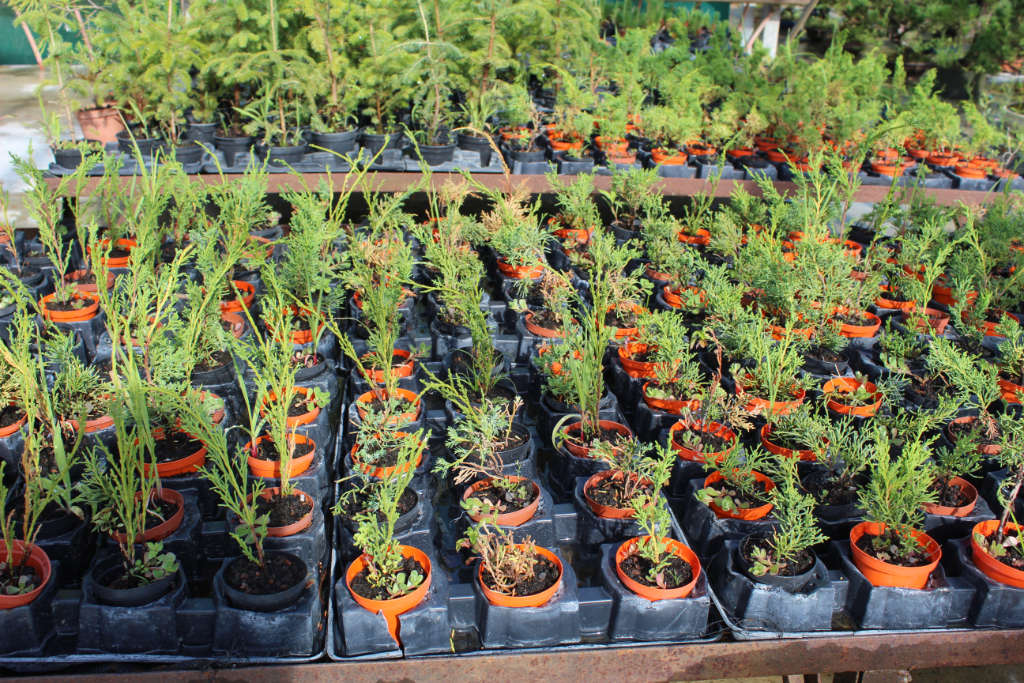
The juniper is also a tree that takes cuttings very well, and we regularly make them at the nursery. When the cutting is well rooted, don't hesitate to tie it up to give it movement, even if you exaggerate it strongly. As the trunk grows, the curve will fade.


 Production of French Bonsai
Production of French Bonsai


